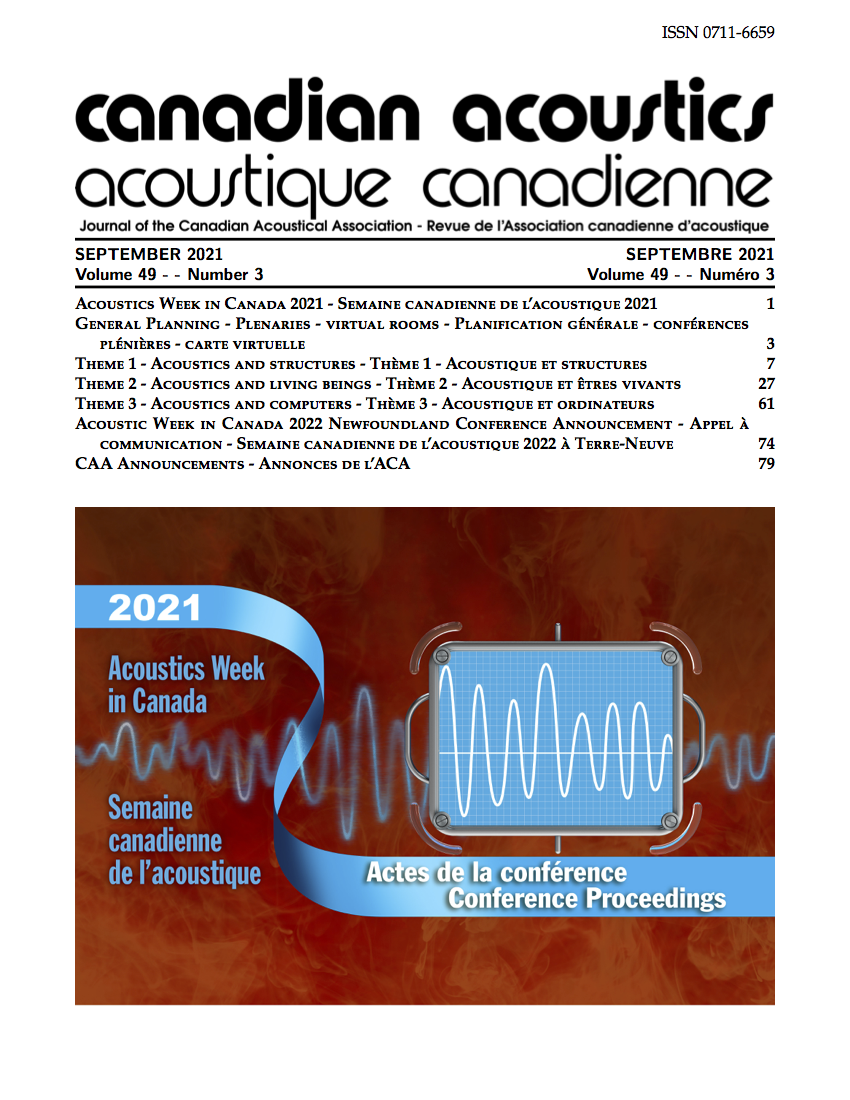Evolution of the Acoustical Provisions Within the Model National Building Code of Canada
Abstract
This paper explores the evolution of the National Building Code of Canada (NBCC). Starting in 1941, the NBCC required sound insulation of walls and floors between dwelling units to be sound transmission class (STC) 45. There were restrictions on the attachment of fixtures. Refuse chute construction was described. In 1956 references to compromising air leaks were introduced. In 1965, STC 45 performance was added for a variety of service rooms. ASTM E90-61T was introduced. Minor changes occurred in the 1970, 1975, 1977, 1980, and 1985 versions. In 1975, a table was added showing sound ratings of assemblies. In 1990, STC 50 was introduced along with an STC 55 provision for elevator shafts and refuse chutes. In 1995, a larger table of expected sound ratings was included. No significant changes occurred for the 1995 or 2005 versions. The 2010 edition saw language added for secondary suites where an STC 43 rating was stipulated. The 2015 version added in the option of demonstrating either an apparent STC (ASTC) performance of 47 or STC 50. Additional reference was made to ISO standards in regards to flanking paths. Future changes are being considered for impact insulation class (IIC), exterior noise control, and low-frequency sources.Additional Files
Published
How to Cite
Issue
Section
License
Author Licensing Addendum
This Licensing Addendum ("Addendum") is entered into between the undersigned Author(s) and Canadian Acoustics journal published by the Canadian Acoustical Association (hereinafter referred to as the "Publisher"). The Author(s) and the Publisher agree as follows:
-
Retained Rights: The Author(s) retain(s) the following rights:
- The right to reproduce, distribute, and publicly display the Work on the Author's personal website or the website of the Author's institution.
- The right to use the Work in the Author's teaching activities and presentations.
- The right to include the Work in a compilation for the Author's personal use, not for sale.
-
Grant of License: The Author(s) grant(s) to the Publisher a worldwide exclusive license to publish, reproduce, distribute, and display the Work in Canadian Acoustics and any other formats and media deemed appropriate by the Publisher.
-
Attribution: The Publisher agrees to include proper attribution to the Author(s) in all publications and reproductions of the Work.
-
No Conflict: This Addendum is intended to be in harmony with, and not in conflict with, the terms and conditions of the original agreement entered into between the Author(s) and the Publisher.
-
Copyright Clause: Copyright on articles is held by the Author(s). The corresponding Author has the right to grant on behalf of all Authors and does grant on behalf of all Authors, a worldwide exclusive license to the Publisher and its licensees in perpetuity, in all forms, formats, and media (whether known now or created in the future), including but not limited to the rights to publish, reproduce, distribute, display, store, translate, create adaptations, reprints, include within collections, and create summaries, extracts, and/or abstracts of the Contribution.


